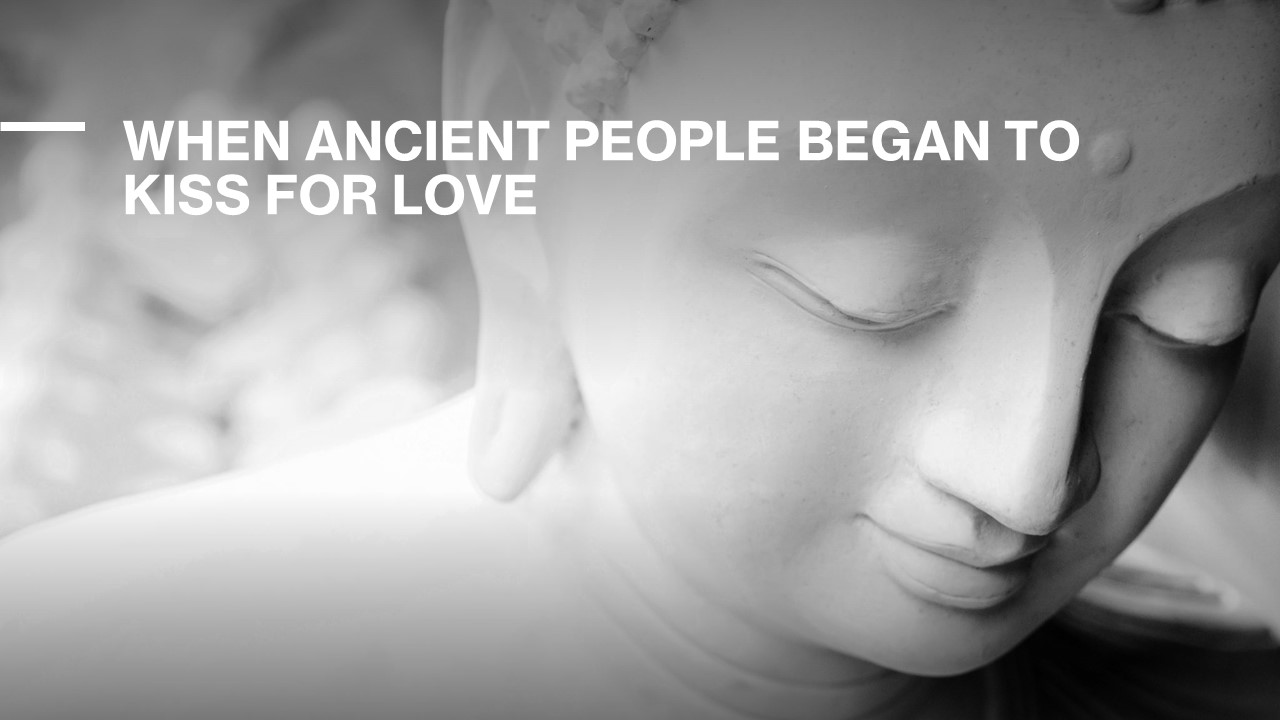Anthropological studies of modern societies have revealed that sexual and romantic kisses are not universally present across different cultures. Such a display of affection as kissing was once considered obscene. Who first thought of kissing as a way to show affection for one another?
Historical analyses of ancient civilizations have shown that romantic and sexual kisses appeared quite late in human history and evolved in different cultures independently (Crawley, 2005; Danesi, 2013). Recent archaeological studies have reconstructed the “evolution” of kissing around the world.
A New Archaeological Study Revealed the Ancient History of Kissing
Sophie Rasmussen, Professor from Linacre College, University of Oxford, Oxford, UK, and Troels Arbøll, Professor from the University of Copenhagen, Copenhagen, Denmark, studied the cuneiform texts on clay tablets from Mesopotamia (located on the territories of modern-day Iraq and Syria) and Egypt.
Researchers found on these clay tablets clear examples of intimate kissing. In their article “The Ancient History of Kissing,” published in the journal Science, the authors contend that kissing has been a widespread and established part of romantic relationships in the Middle East since at least the late third millennium B.C.
“Kissing was not a custom that arose suddenly at any one point. The behavior seems to have been common in many cultures.”
– Professor Arbøll said.
Authors have suggested that the earliest description of kissing was engraved on the Barton Cylinder, a clay tablet from the mid- to late-third millennium BCE with a Sumerian creation myth. In the second column of text, a male deity, possibly Enlil, makes love to the mother goddess Ninhursag and then kisses her. What is interesting is that in depictions of kissing in Sumerian literature, individuals first engage in sexual intercourse and only then kiss each other.
Sumerian written history goes back to the 27th century BC and ends a millennium later, when civilization collapsed after the Elamite invasion.
Friendly-Parental and Sexual-Romantic Kisses
Researchers found that the Akkadian language (a Semitic language related to today’s Hebrew and Arabic) distinguishes kissing into two categories: “friendly-parental” and “sexual-romantic.” (Arbøll & Rasmussen, 2023).
The friendly-parental kiss is a display of familial affection, respect, or submission (including when a royal subject kisses the feet of the ruler).
The sexual-romantic kiss has to do with love and sexual acts, and it is not culturally universal.
The republicans of ancient Rome formulated a hierarchy of kisses and gave each type a suitable name:
The osculum (a chaste but affectionate kiss on the hand or cheek) was used as a greeting.
The basium showed the bond between close friends with a closed mouth and lips, and the savium was the forerunner of the modern French kiss.
When Kisses Were Permitted and When Not
In ancient Mesopotamia, kissing outside of marriage was discouraged. Extramarital sex was considered a crime on par with adultery. But the Romans also considered public displays of affection in the form of kissing to be obscene.
In some cases, the Romans even considered it a health risk. For example, in the first century A.D., Emperor Tiberius tried to ban kissing at state gatherings, probably because of an epidemic. By the way, many medical writings from Mesopotamia mention a disease called bushanu, the symptoms of which resemble those of herpes.
Professor Rasmussen believes that kissing originally evolved as a way to assess potential partners by smell. Healthy people smell good, have no dental problems, and are therefore more attractive. From this idea came the cultural tradition of kissing, especially on dates.
